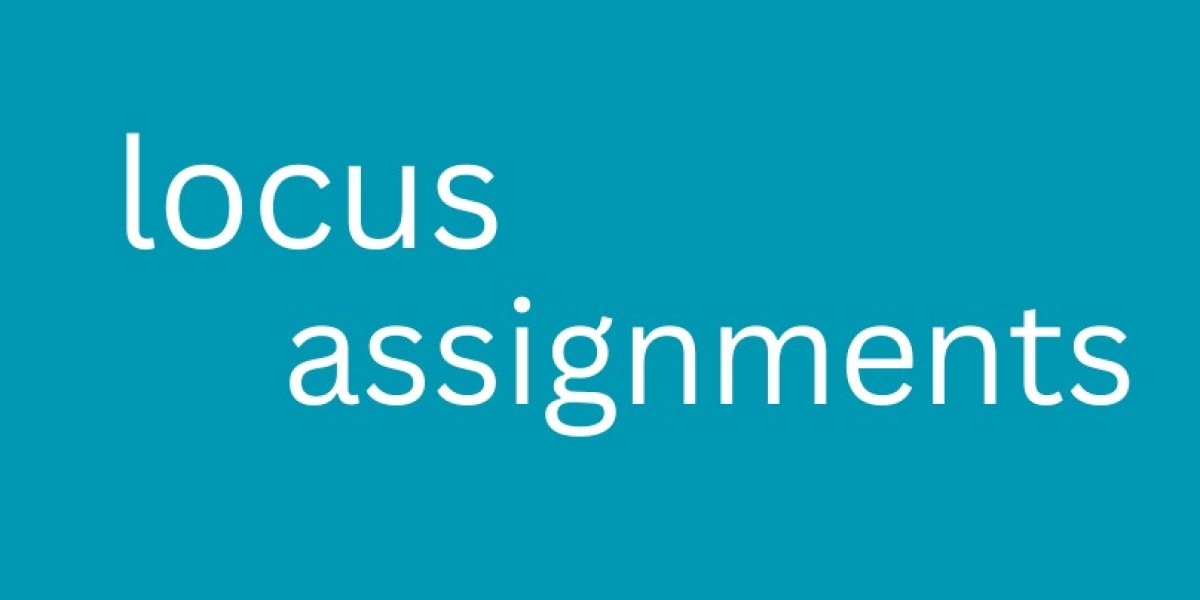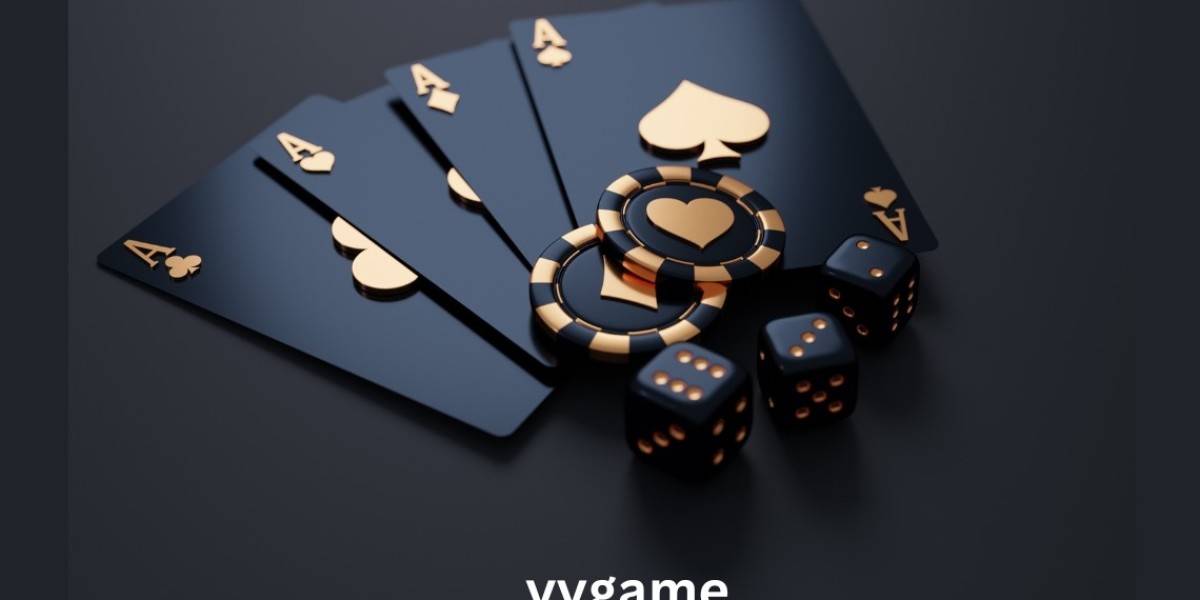Schön reflective model is one of the well-established models that facilitate learning and professional development through the basis of self-reflection. Propounded by Donald Schön, this model leads people to learn from practice by examining their actions as well as the resultant decisions. It is utilized in most practice-based fields including education, healthcare, social work, and other professional training courses. An Assignment Helper can assist students in the analysis of this model so that they can use its concepts effectively in their studies.
This blog describes the two main dimensions of the Schön reflective model—Reflection-in-Action and Reflection-on-Action—and how they are different yet complementary to each other.
What Is Reflection-on-Action?
Reflection-on-Action is the process of reflecting on an event once it has occurred. This is usually the more comfortable style of reflection because it provides us with the space and time to reflect on our actions in a planned and purposeful manner. For instance, after giving a presentation, doing a laboratory practical, or handing in a difficult essay, you can reflect back and evaluate your performance.
This reflective process is retrospective. It enables you to analyze what occurred, learn why some things went better or worse, and determine how to handle similar situations differently in the future. A UK assignment assistant can be especially helpful here, as they are able to integrate students' own reflections with academic theory, and transform plain observations into top-quality coursework.
How Reflection-on-Action Works in Practice
Reflection-on-Action typically entails deliberate thinking, like record-keeping in a diary, participation in a debriefing session, or undergoing a systematic review process. The intention is to look beneath the surface facts and rigorously scrutinize the causes of success or failure. Not only do you determine what occurred but also realize why it occurred.
Examples are a student evaluating their teaming style while working on a group project, a nursing student thinking about how they handled a patient case, or a business student considering their presentation delivery. These points of review build stronger future decisions and enhance professional practice in the long term.
Understanding Reflection-in-Action
Reflection-in-Action is a bit different and generally more difficult to spot because it occurs in the moment. This is the kind of reflection wherein you are "thinking on your feet" and coming up with decisions in the moment as things develop. Schön referred to this as "knowing-in-action," whereby practitioners rely on instinct and experience to react immediately to unforeseen circumstances.
For example, a classroom teacher may modify a lesson plan halfway through class when students are in disarray. A sports coach may shift strategy in mid-game based on how the opponent is playing. A student nurse might modify the approach in healthcare when observing new symptoms in a patient. All of these rapid adjustments show the strength of reflection-in-action to respond to pressing challenges.
Key Differences Between Reflection-in-Action and Reflection-on-Action
Though both are about experience-based learning, the variation exists in terms of timing, intent, and mode. Reflection-in-Action takes place while performing an activity and is highly dependent on tacit knowledge and flexibility. Reflection-on-Action occurs post-event and is characterized by extended analysis, systematic thinking, and forward planning.
The two go hand-in-hand with each other. Reflection-on-Action can improve your "knowing-in-action" capabilities, so you become better at making real-time adjustments. On the other hand, experiences gained using Reflection-in-Action can be a useful content for future reflection, forming an ongoing learning loop.
Why Reflection Matters Across Professions
Schön’s reflective practices are valuable for nearly all professions. Healthcare professionals use them to respond to changing patient needs and to review cases for future improvement. Teachers adapt lessons in real time and later analyse student performance for better outcomes. Leaders modify strategies during projects and later review results to improve organisational processes. Even artists and performers benefit by improvising during performances and reflecting on completed work.
Students apply these skills on a regular basis—whether it's making adjustments to study methods while taking an exam (Reflection-in-Action) or discussing comments on an assignment to make the next one better (Reflection-on-Action). Both mastered together, you become more flexible, analytical, and ready for issues.
Conclusion
It is fundamental to comprehend the difference between Reflection-in-Action and Reflection-on-Action for the purposes of crafting real-time adjustability as well as in-depth analytical capabilities. Both of these reflective processes are mutually interdependent but collaborate together to establish a cycle of improvement and growth. These help in improving decision-making, problem-solving, and long-term professional achievement.
If you are having a hard time recording your thoughts or implementing these ideas satisfactorily in academic writing, an Assignment Helper can help you prepare clear, well-organized submissions. Whether you require theoretical descriptions, real-world examples, or final draft polishing, a UK assignment helper such as Locus Assignments ensures your work is at par academically as well as mirrors your individual learning process.







